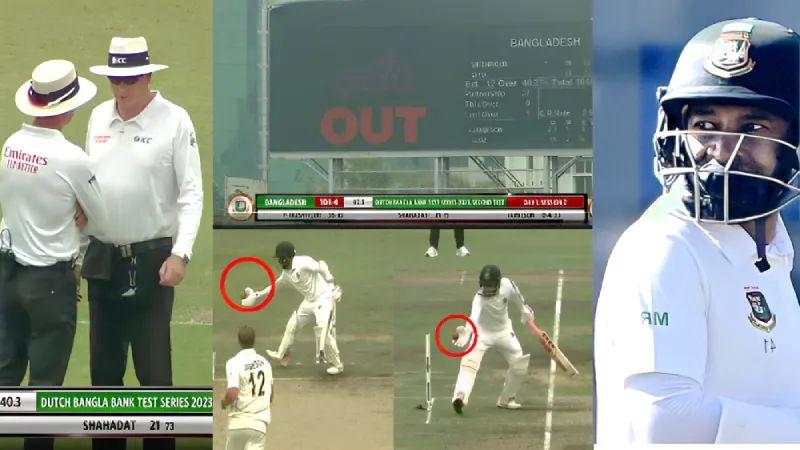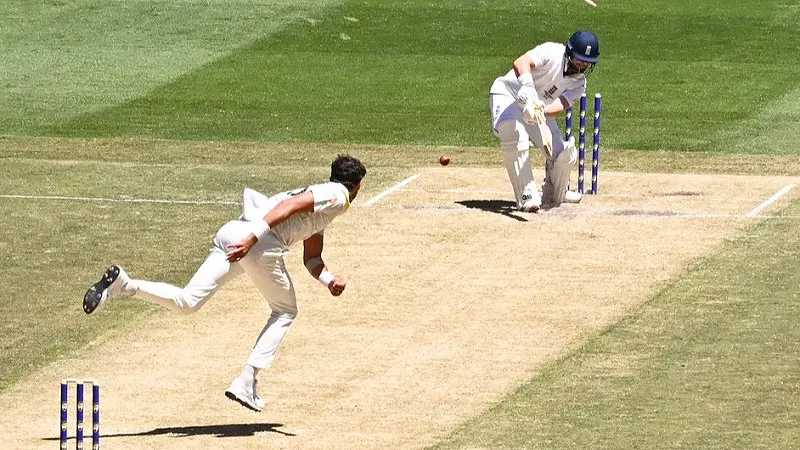During the second Test match between Bangladesh and New Zealand at Mirpur, Mushfiqur Rahim found himself etching an unwanted record in the archives of cricket history. Rahim became the first Bangladeshi batter to be dismissed for obstructing the field in Test cricket, sparking debates and discussions about the implications of this rarely-invoked rule.
The day began with Bangladesh winning the toss and opting to bat in the Dhaka Test, setting the stage for what would be an eventful day for Mushfiqur Rahim. In the 41st over of the second session, facing a delivery from Kyle Jamieson, Rahim blocked the ball with his bat. However, realizing that the ball could hit the stumps, he instinctively moved it away with his hand. This seemingly innocuous action triggered a pivotal moment in the match.
The New Zealand team promptly appealed to the umpire, invoking the ‘Obstructing the Field‘ rule. The decision-making process involved multiple TV replays, scrutinizing the incident from various angles. Ultimately, the umpire deemed Rahim out under the rule of obstructing the field, leaving many spectators and cricket enthusiasts questioning whether it could have been considered a ‘handling the ball’ offense instead.
This incident marked a watershed moment for Bangladesh in international cricket, as it was the first time a Bangladeshi player had been dismissed in this manner. Globally, it was only the 13th instance of a batter being dismissed for obstructing the field across all formats of the game, emphasizing the rarity of such occurrences.
The ‘Obstructing the Field’ rule, outlined in Law 37.1, covers various scenarios where a batter is deemed to have deliberately obstructed or distracted the fielding side by word or action. Additionally, the law specifies that a striker can be declared out for obstructing the field if they wilfully strike the ball with a hand not holding the bat, a provision under which Rahim’s dismissal fell.
However, there are exceptions outlined in Law 37.2 that stipulate a batter shall not be out for obstructing the field if the obstruction is accidental, done to avoid injury, or in the case of the striker, if they make a second or subsequent strike to lawfully guard their wicket. These nuances highlight the careful consideration needed in such instances, balancing the player’s intent with the adherence to the rules.
The incident involving Mushfiqur Rahim sheds light on the intricacies of cricket’s rulebook and the challenges faced by players in the heat of the moment. As the game evolves, so too must the understanding of its rules and their interpretations. Rahim’s dismissal, while unfortunate for him and Bangladesh, serves as a reminder of the importance of clarity in the rules and the need for players to stay abreast of these nuances to avoid such uncommon dismissals in the future.
In conclusion, Mushfiqur Rahim’s ‘Obstructing the Field’ dismissal is an exemplification of the dynamic nature of cricket, where unexpected events can shape the course of a match and leave a lasting impact on the players involved.































